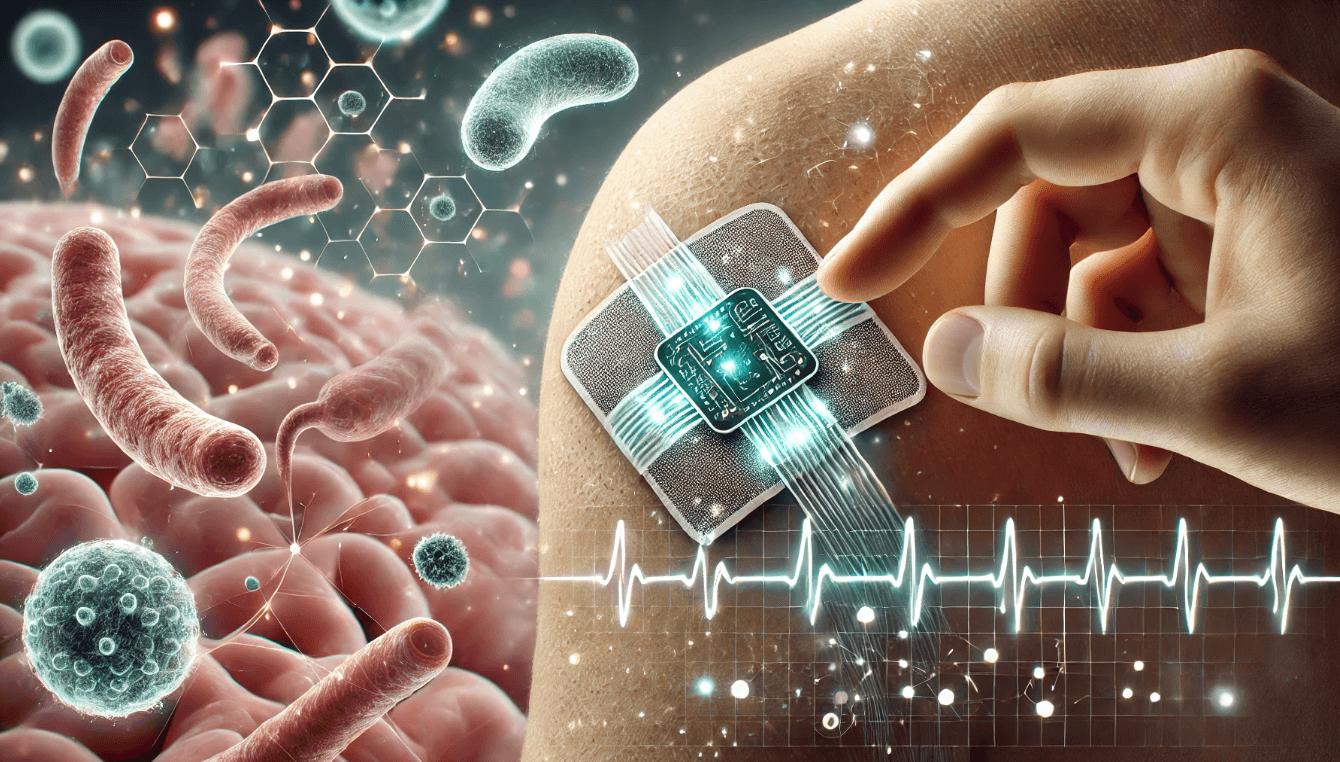Researchers have recently made a significant advancement in bioelectronic therapy, presenting a novel drug-free technique to manage Staphylococcus epidermidis, a prevalent skin bacterium linked to numerous infections. Instead of depending on antibiotics, this innovative approach employs gentle electrical stimulation to hinder the bacteria’s damaging activities, specifically targeting its "selective excitability" in acidic skin environments.
Understanding the Mechanism
Findings indicate that S. epidermidis becomes electrically excitable when it comes into contact with the natural acidity found in healthy skin. Capitalizing on this property, the team created a flexible bioelectronic patch that emits soft electrical pulses to inhibit the bacteria’s capacity to generate biofilms, which are protective layers that complicate treatment. Through this focused stimulation, researchers successfully diminished bacterial proliferation on porcine skin models.
Implications for Future Treatments
This groundbreaking technique could emerge as a promising substitute for antibiotics, particularly amidst the increasing prevalence of drug-resistant bacteria worldwide. In contrast to conventional therapies that may produce adverse side effects, this bioelectronic method is localized and adaptable, thus lowering the potential dangers linked to the extensive use of antibiotics. This innovative strategy may pave the way for a safer and more efficient approach to combating infections.
Device via EurekAlert



Leave a Reply